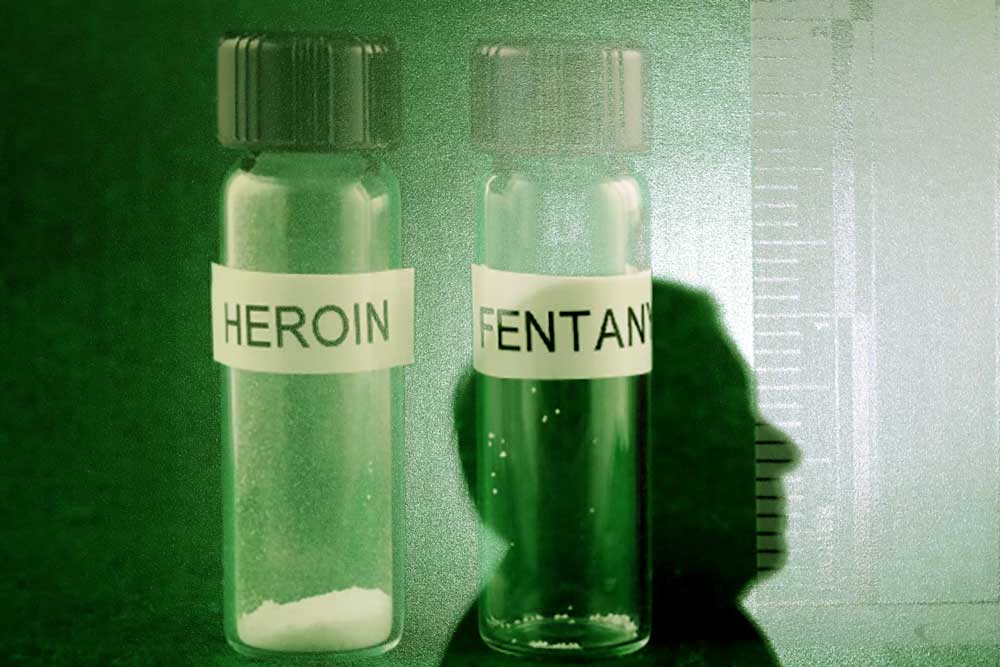Drug overdose deaths reached an all time record high during the COVID-19 pandemic. Without question, the Pandemic has played a significant role in the rise in overdose fatalities, with the largest jump occurring in April and May of 2020; at a time when the world was gripped by fear, insecurity, and social withdrawal.
Preliminary Federal data shows that more than 93,000 Americans died from drug overdose from October 2019 through September 2020; an increase of 29% over the previous 12 month period.
During an April 6, 2021 Rx Drug Abuse & Heroin Summit, NIDA director Nora Volkow, MD, validated early concerns that conditions created by the pandemic could lead to a rise in substance use disorder. “Unfortunately, what we’ve seen is that the stress of the uncertainty has resulted in an increase in drug use of all types…and an exacerbation of the opioid epidemic, as evidenced by the number of people who have died.”
Officials had theorized that closing borders would cut off the flow of illicit substances coming into the country. That did not happen. Closing the borders was successful at reducing the influx of drugs into the country, but an unwelcome side-effect was the increased production of synthetic opioids (primarily fentanyl). Used to expand their inventory, drug-suppliers are mixing fentanyl with opioids like heroin and also non-opioid drugs—increasing profit is the primary motivation.
Fentanyl was present in 50% of deaths associated with methamphetamine and cocaine overdoses, Volkow said. Dealers are stretching their supplies of cocaine—a result of pandemic-related border shutdowns—by mixing in fentanyl. That mixture is deadly for individuals with a cocaine or methamphetamine addiction, especially if they also have low tolerance for opioids.
In the early years of the opioid epidemic (tracked since the 1990s), drug overdose deaths were largely among white Americans in rural and suburban areas. The current crisis is affecting Black Americans disproportionately.
“The highest increase in mortality from opioids, predominantly driven by fentanyl, is now among Black Americans,” Dr. Volkow said. “And when you look at mortality from methamphetamine, it’s chilling to realize that the risk of dying from methamphetamine overdose is 12-fold higher among American Indians and Alaskan Natives than other groups.”
Other factors contributing to the uptick in fatal overdoses is the sudden and drastic reduction in drug addiction help that occurred at the beginning of the lockdown. Many of these services have been reengaging little by little, but most have not regained 100% capacity and functionality.
At the beginning of the pandemic many drug treatment facilities were forced to shut down in an effort to curb the spread of COVID-19. Many have been reopening slowly with limited capacity, although some continue to struggle. For people seeking help to overcome drug dependency, the lack of treatment options has left drug users to self-medicate with illicit and dangerous substances from unreliable sources; too-often with fatal results.
Drug addiction is frequently born from untreated mental health issues. During the pandemic mental health treatment and support was limited and difficult to find. People were resorting to self-medication for depression, boredom, despair, fear, and anxiety in the wake of the extraordinary measures taken to prevent the spread of COVID-19.
Clinics offering FDA approved medically assisted drug treatment were forced to close for a time at the beginning of the pandemic. Also, drop in clinics offering support, clean syringes and naloxone (a lifesaving medication that reverses the effects of opioid overdose) were forced to drastically cut back services.
In spite of the COVID-19 pandemic over the past year, work on the National Institutes of Health’s Helping to End Addiction Long-term (HEAL) initiative has kept progressing. NIH director Francis S. Collins, MD, PhD, and NIDA director Nora Volkow, MD, provided an update at Tuesday evening’s summit, sharing progress made on a number of treatment interventions in development and anecdotes on recently emerging substance use trends.
“Act with urgency” was the plea of several addiction and other health issue organizations on Tuesday when addressing health and human services secretary, Xavier Becerra. These officials are supporting the elimination of the rule that doctors go through a day of training before getting federal permission to prescribe buprenorphine. The experts are also supporting a continuation of relaxed rules established during the pandemic which eliminated the need for patients to go to clinics or doctors’ offices for addiction medications.
Additional steps to address the devastating losses felt by drug overdose in this country include the American Rescue Plan Act which includes significant funding for the prevention and treatment of substance use disorders, local services that benefit people with addiction (including syringe exchange programs), and the purchase of rapid fentanyl test strips which can be used to check whether drugs have been mixed or cut with fentanyl. This funding is being sourced, in part, from the stimulus package.
With employment decreasing and anxiety increasing, coupled with the increase in illicit fentanyl production and distribution, a perfect storm seems to have developed leaving devastated friends and family in its wake. There is no easy answer to solving this pandemics’ epidemic.



